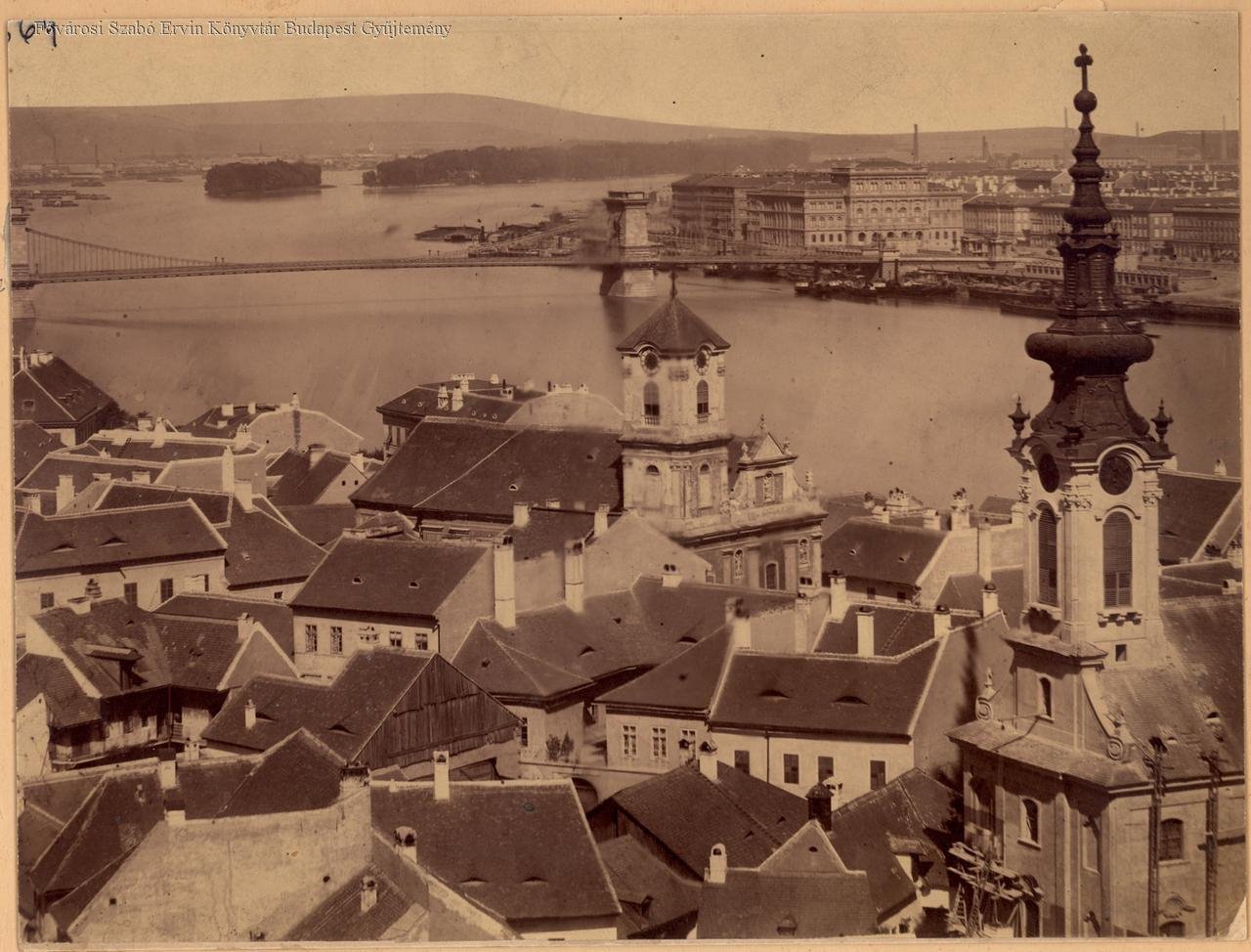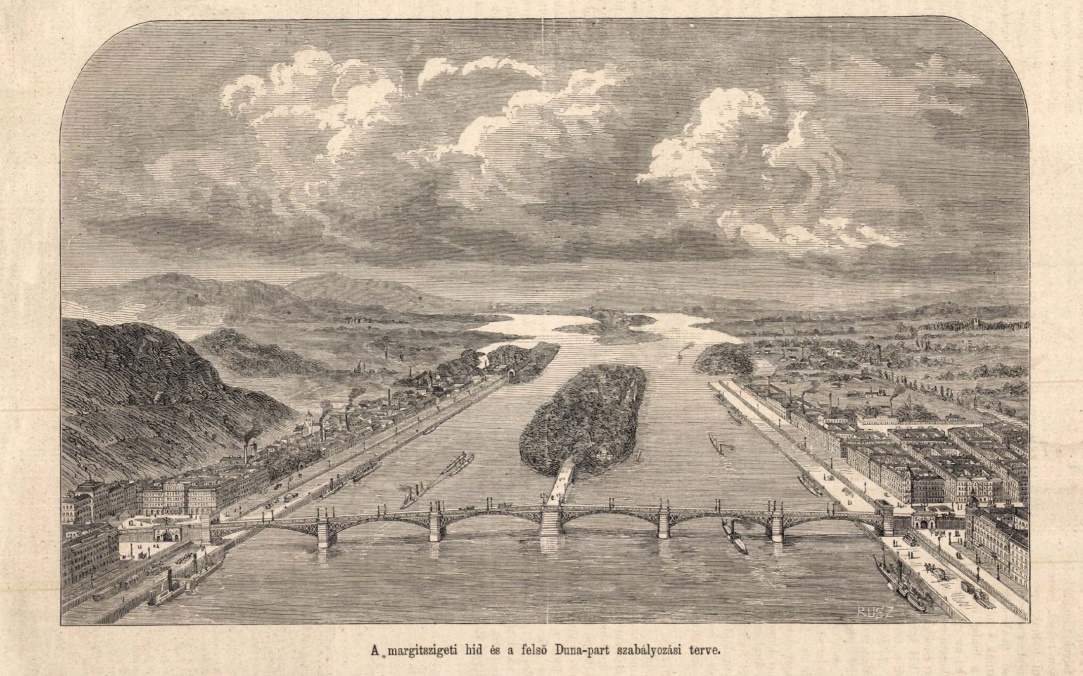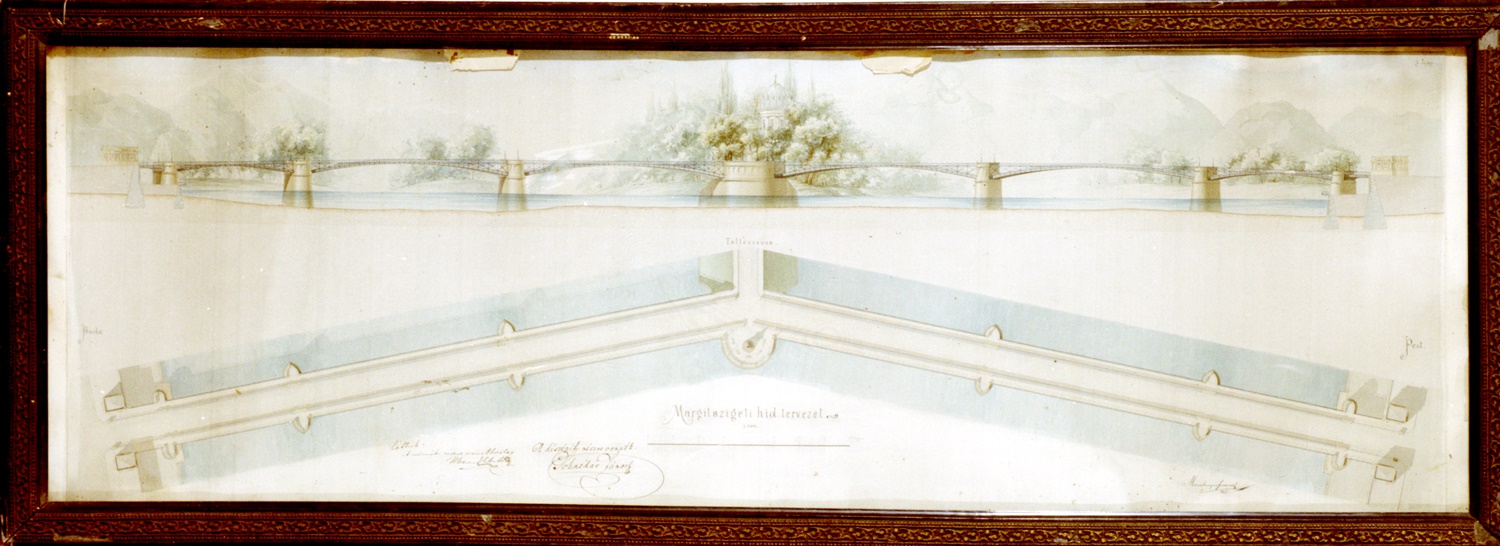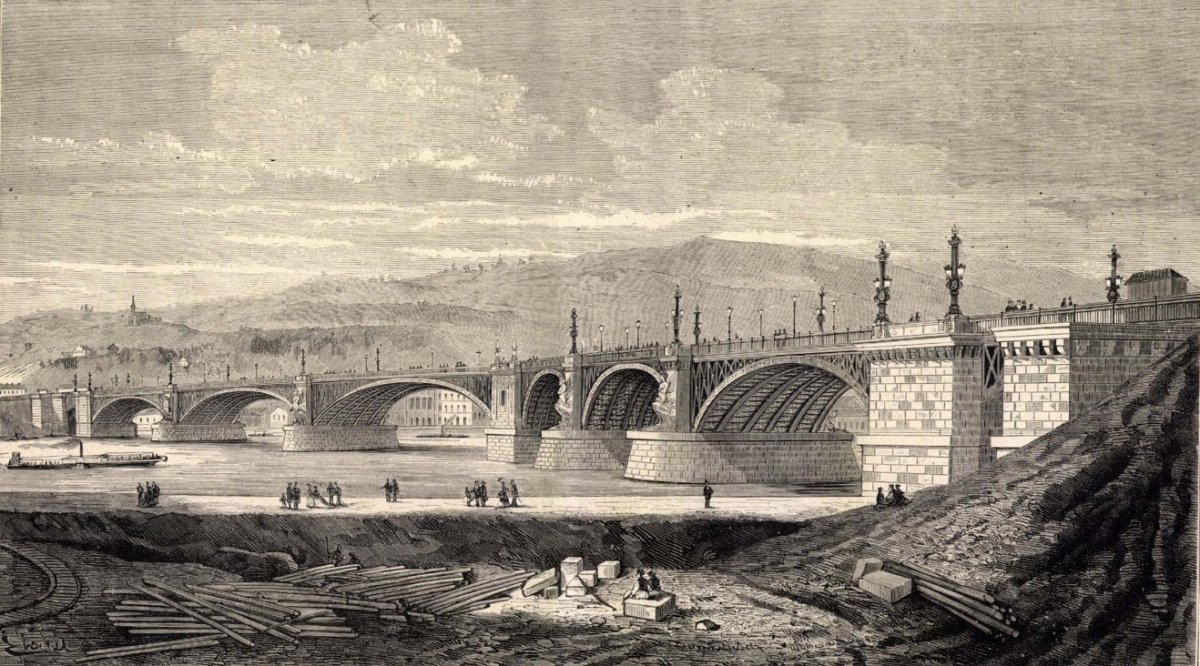An international tender was announced for the design and construction of the Margit Bridge, the outcome of which was decided by the jury on 9 March 1872, in which the most renowned experts of the age sat. However, at the time, it was not yet entirely certain whether the bridge would actually be built according to the plans of the winner Ernest Gouin, as it was ultimately up to the government to decide and the costs were thoroughly examined.
The government negotiated the bridge on 22 April 1872. Minister of Transport Lajos Tisza presented the results, according to which three types of plans were received: an arch bridge, a mixed arch structure and a lattice structure. The lattice structure was not found to be an option by the committee for beauty reasons. The Minister also informed the members of the government that the winner Ernest Gouin would build the bridge for 3,400,000 HUF. (The tender was conditional on a designer who also undertook the construction of the bridge.)
The minister drew attention to the fact that the lattice bridge would cost only 2.2 million. He also noted that due to rising iron prices, the bridge will be more expensive than expected. Tisza also reminded the government of the cost-increasing factor that the Danube was measured narrower in the original tender conditions.

The Danube without the Margit Bridge (Photo: FSZEK Budapest Collection)
How could it be that the width of the river had changed in the meantime? At that time, the great river regulation works took place, during which the Danube was compressed considerably and the shape of Margit Island was changed. Originally, the branches of the Danube next to the island were not designed to be the same width, but due to the changed ideas, the river branches surrounding Margit Island were eventually defined the same width.
It has also been decided in the meantime that Margit Island will not be extended to the planned bridge, which has made it certain that a separate bridge structure will have to be built there one day, and therefore the middle pillar will be larger than originally envisaged.

The Danube was in its final bed, and there was an idea to regulate the river so that one of the branches next to Margit Island was narrower (Source: Vasárnapi Ujság, 14 June 1874).
Károly Kerkapoly, the Minister of Finance, of course, wanted a cheaper bridge, so he wanted to see comparative prices. He also raised the question of whether a discarded plan could be modified to make it cheaper. Prime Minister Menyhért Lónyay also agreed with the comparative calculation, and wondered what the real difference was between Gouin's idea and the cheapest bridge plan that could still be built?
In the end, the Council of Ministers decided that it would be good to build Gouin's plan, but asked the Minister of Transport to examine the applications to see if a more favourable, i.e., cheaper, plan could be obtained with some modifications. It was also decided to provide a short justification for the plans and to set the costs according to unit prices. The Minister of Transport was also instructed to try to get a cheaper offer from Gouin's company as well.
The government next discussed the bridge on 19 July 1872. The Minister of Transport stated that the contract could be concluded with Gouin because the prices were re-compared with the construction costs in Budapest, and the construction costs of the Danube Bridge in Vienna, which said that the costs were realistic.
.jpg)
An alternative idea for the Margit Bridge (Source: The Hungarian Museum of Science, Technology and Transport, without article no.)
The Minister of Transport informed the government about the price and costs of the bridge, that a 53-foot or 16.8-metre-wide bridge would cost 4,250,000 forints, but the minister noted that he “hoped to bargain” for at least 50,000 forints. However, if the bridge is narrower and only 48 feet or 15.2 metres wide, 270,000 forints could be saved. He considered that a broader version would be better, as in this case the horse-drawn railway could later be crossed over the bridge, but he also suggested that the price difference be paid by the companies operating the horse-drawn railway. For this reason, the Minister proposed an alternative contract, i.e., the width was to be determined later. He also noted that using wooden beams for the road could save an additional 155,000 HUF, but did not recommend this, as the maintenance cost would be higher.
At that meeting, the government decided to pass Gouin’s plan and sign a contract based on a realistic budget that has so far been for a 48-foot-wide bridge, but if the horse-drawn railway companies pay the difference, a wider bridge will be built. 
This plan is also only similar to the Margit Bridge, but it actually shows a different idea (Source: The Hungarian Museum of Science, Technology and Transport, No.: KGY 5673)
At this meeting, the government did not decide on the issue of iron or wood beams - the Minister of Finance and the Minister of Transport have yet to investigate this issue.
Finally, the bridge was built 53 feet wide, and the horse-drawn railway was led to the bridge only in 1879 after it was actually agreed that the Pest-based horse-drawn railway company would contribute to the construction costs.
Cover photo: The Margit Bridge under construction (Source: FSZEK Budapest Collection)




































Hozzászólások
Log in or register to comment!
Login Registration